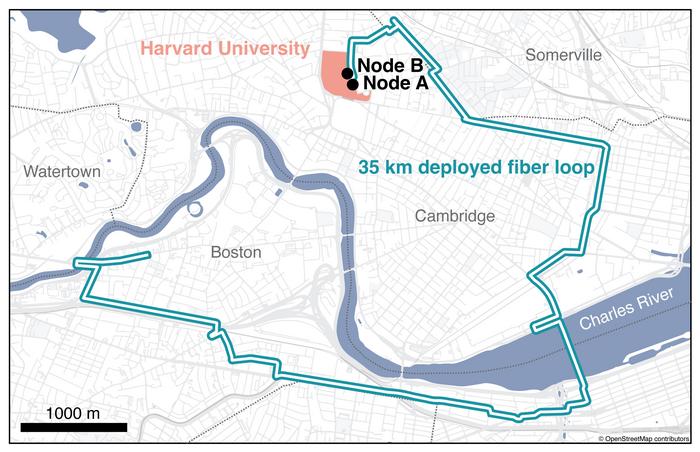Unlocking the potential of quantum computing, scientists are on the brink of creating a groundbreaking quantum internet. Today’s Current Affairs explores how researchers in the Netherlands, China, and the US are pushing the boundaries of quantum communication. Join us as we delve into the fascinating world of qubits, entanglement, and the future of secure and powerful data transmission.
1. What is one of the key challenges in transmitting quantum bits over long distances?
– Quantum bits are fragile and reading them changes their state
– Light signals cannot be amplified
– Existing network of fiber optic cables is unsuitable for quantum internet
– Quantum bits cannot be stored in quantum memory
Answer: Quantum bits are fragile and reading them changes their state
2. Which country’s researchers demonstrated quantum entanglement over a long distance using qubits encoded into clouds of rubidium atoms?
– Netherlands
– United States
– China
– Germany
Answer: China
3. How did the researchers at Delft University of Technology encode qubits in the Netherlands?
– In the electrons of nitrogen atoms and nuclear states of carbon atoms
– In clouds of rubidium atoms
– In diamond-based devices with silicon atoms
– In quantum memory nodes separated by optical fiber link
Answer: In the electrons of nitrogen atoms and nuclear states of carbon atoms
4. What is the approach used by US scientists to achieve entanglement between two quantum nodes?
– Sending photons with precise timing to the server
– Maintaining super-frigid temperatures in the quantum nodes
– Sending one photon to entangle with silicon atom at each node
– Using quantum memory nodes separated by optical fiber link
Answer: Sending one photon to entangle with silicon atom at each node
What is the current status of quantum internet development?
Scientists in the Netherlands, China, and the US have demonstrated the ability to send quantum bits (qubits) over long distances using fiber optic cables, laying the groundwork for a quantum internet.
How do quantum bits differ from binary bits in terms of transmission?
Quantum bits are fragile and cannot be read, amplified, and transmitted over long distances like binary bits transported as light signals inside fiber optic cables. This makes them unsuitable for long-distance transmission.
Why is it important for the quantum internet to utilize existing fiber optic networks?
In order for the quantum internet to rapidly scale up, it must utilize the existing network of fiber optic cables to facilitate the transmission of quantum bits over long distances.
What are the three approaches for establishing a quantum internet?
Researchers in the Netherlands, China, and the US have demonstrated storing qubits in “quantum memory” and transmitting them over fiber optic networks using different methods involving nitrogen atoms in diamonds, rubidium atoms, and silicon atoms in diamonds.
How do the US scientists differ from the Dutch and Chinese teams in their quantum internet approach?
The US scientists’ approach involves maintaining two quantum nodes at super-frigid temperatures and using “photon-mediated entanglement” to achieve entanglement between the nodes, which is seen as a relatively easier execution compared to the methods employed by the Dutch and Chinese teams.
Today's Current Affairs brings exciting news about the development of the quantum internet. Scientists from the Netherlands, China, and the US have made significant progress in transmitting quantum bits over long distances using fiber optic cables. Unlike traditional binary bits, quantum bits are fragile and cannot be read easily. However, researchers have found ways to store and transmit qubits using quantum memory in diamonds and rubidium atoms. These advancements pave the way for a future quantum internet that could revolutionize communication and data transmission. With further developments, we could see entanglement achieved over 600 miles by the end of the decade, opening doors to secure information transfer and powerful quantum computing capabilities. Exciting times lie ahead in the world of quantum technology!







